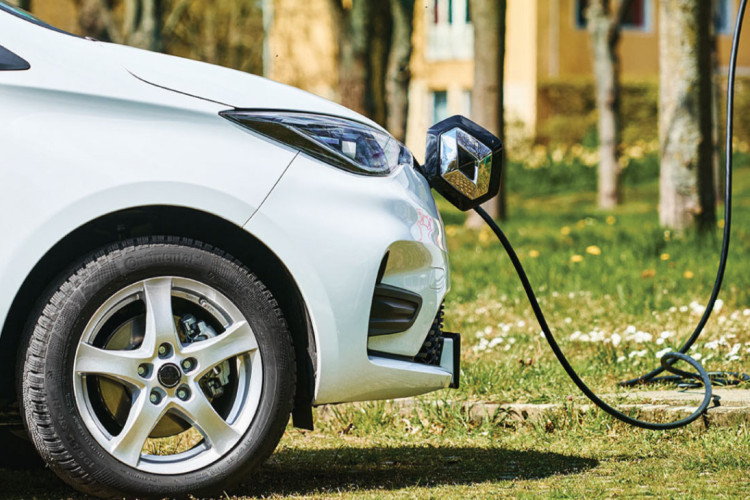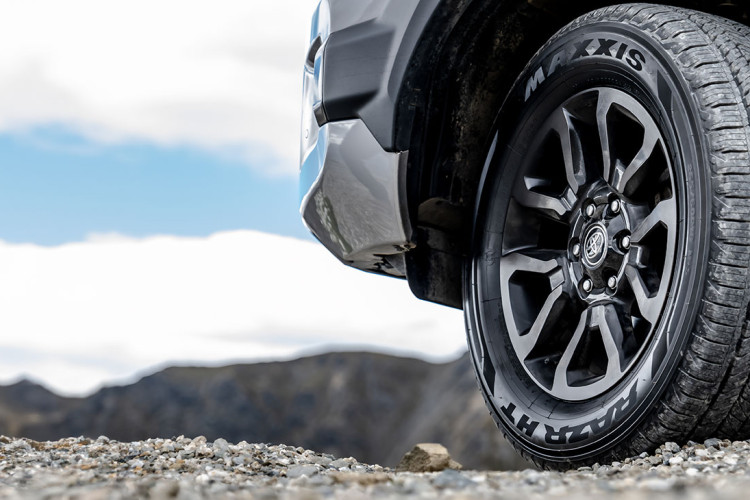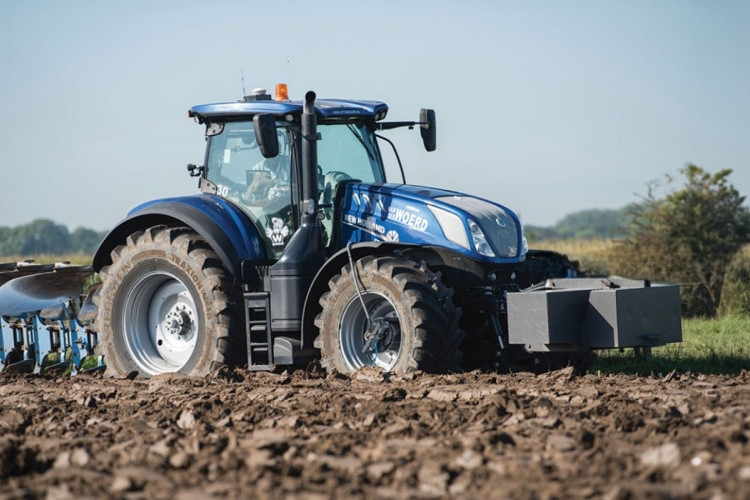Tyres & WOF requirements: What you need to know.
Nearly 40% of vehicles in New Zealand fail their Warrant of Fitness (WOF) on the first instance, according to the Automobile Association. Knowing that, if you weren’t nervous enough already sitting in the waiting room of your local testing centre, you will be now. It is a bit nerve wracking too. You sit there drinking coffee and flicking through magazines, while some chap in overalls checks for things you probably don’t know, before coming back and rewarding you with a sticker. Or not, as the case may be. The outcome is you either drive away happy or drive away with the sinking feeling that unbudgeted (and likely expensive) repairs are needed. Either way, the experience is not normally that pleasant.
But what can you do about it? After all, WOF checks are there for our safety. They are undoubtedly a good thing. But there are some holes and they can be in tyres (almost literally too). New vehicles only need a WOF check every 3 years which is a genuine cause for concern when it comes to tyre tread depth. Anecdotal evidence would suggest there is an increase in the number of vehicles with dangerously low tread.
Even with a 6 monthly check, tyre tread can become low in the intervening period and get down to a dangerously low limit. This is isn’t surprising either, given the minimum requirements reduce the contact patch with the road to just 5% if you’re on a wet road as the tyre struggles to cope with water drainage. So, it’s no wonder there have been calls for the minimum to be increased.
Tyre tread depth is just part of it too. There’s a heap more reasons your tyres and what they’re mounted on might cause you a bit of a headache at WOF time. We’ll take a quick tour of the rules and regulations so you can ready yourself for the next WOF visit…
Reasons for Failing a WOF
Tyre reasons for failure
The small differences between your tyres which may seem insignificant to you...can easily become big problems which are significant in the eyes of the tester.
Tyres on the same axle must have a number of certain common fundamental characteristics. This means the same size, and same tread pattern type (mixed asymmetric, directional, normal highway etc). All tyres on the vehicle must be of the same carcass type for example mixed steel ply, fabric radial ply, bias/cross ply, run-flat.
If you have asymmetric tyres, they have to be fitted correctly. That is, the ‘inside’ tyre wall has to face inwards. It’s a similar story with directional tyres. They cannot be fitted contrary to its correct direction of rotation.
You need to note what all those little numbers and letters on your tyres. Indeed, the starting point to making sure your tyre is WOF-able is to make sure none of them are missing (the funny little numbers and letters that is, not the tyres. We’d hope you’d notice if one of them was missing). If any of the following is no longer present, or clear and readable, then you’re in trouble:
-
Manufacturer
-
Brand
-
Model
-
Load rating
-
Speed rating
-
Standards marking
-
Direction of rotation
Once you’re sure they are all correct and present, it’s time to understand what they mean too. This will be important. For example, the tyre on your vehicle should have a speed rating which is at least suitable for the speed limit on the roads you travel on.
Tyre Condition reasons for Failure
Do you know how to tell if your car tyre is in a WOF-able condition or not? It goes beyond simple measuring the tread depth to make sure you have enough left to stop you slipping all over the road. Most tyres have moulded tread-depth indicators which are flush with the tyre tread when it has reached the minimum depth. The minimum legal tread depth is 1.5mm within all principal grooves that contain these moulded tread depth indicators. These must be at least 1.5mm around the whole circumference of the tyre.
What are principal grooves and tread depth indicators, and how do I find these? Principal grooves are the wide grooves in the tyre tread which have the tread-depth indicators located inside them. Any other grooves are secondary grooves which may wear out during the service life of the tyre. The following shows different tread patterns with tread-depth indicators (and therefore principal grooves) and the width where you should measure marked (Image from NZTA).
You need to make sure there are no bulges, cuts or cracks, exposed or cut cords, nails or other stuff stuck in them. Also, your tyres can’t show any signs of perishing due to age.
Also, you need to make sure the tyre is neither underinflated or over inflated. You’ll get a fail for that too.
The same goes for your spare tyre. You can’t just have one sitting in the boot either. It needs to be secured by a device in ‘good condition’ and can’t be in a space where a vehicle occupant might be. (Image from NZTA)

Wheel Reasons for Failure
What your tyre is fitted on can easily fail a WOF too, so it’s worth checking your wheels at the same time as your tyres. You’re looking for any signs of damage, cracking or deterioration. Same goes for the wheel nuts. Make sure they are all there and in good condition. Also, be on the lookout for aftermarket wheel nuts. If you have one and it’s made from aluminium (admittedly very rare) then you need to replace it or you’ll fail.
Modification Reasons for Failure
It’s all about the LVV Certification. Basically, unless the modification can meet the requirements of exclusion from certification, you need to get your paperwork straight and in order. You might need the LVV Certification if the modification of the wheels are not from a reputable brand (yeah, we know...how do you qualify what is reputable or not) or would not be considered inappropriate by the vehicle manufacturer. There’s some other stuff too. We highly recommend you take the advice of a suitable professional before undertaking any modification.
Now to the big one...and once we’ve explained take note in car parks and have a look at some tyres for yourself. Because here’s the thing...yes, you may want to put some extra large chunky mud tyres on your ute. Or you might want some extra wide low profile tyres for your low-riding pride and joy. But beware. If they protrude beyond the unmodified original body panels then you’re in trouble. In other words - they can’t stick out from the side of the vehicle. If they do, then you need an aftermarket mudguard extension or body part that covers them. (Image from NZTA).

This is where a lot of folk get caught out too. Not only do you need to make sure nothing sticks out beyond the outside edge of the vehicle but also that the track width has not increased by any more than 25mm. Not sure what the track width is on your vehicle? It’s the measurement from the centre of one tyre to the centre of the other. As for those big tyres you want on there...the outer diameter of them cannot be more than 5% greater than the OE (Original Equipment) tyres (unless you’re you happy to get certification for your “modification”.
For any modifications, it’s advisable to have a chat with the people from the Low Volume Vehicle Technical Association. They are responsible for the certification system for modifications on behalf of the New Zealand Transport Agency. A list of their approved certifiers can be found here.
It's not just about getting a pass
This doesn’t cover all of the small print and every little, miniscule detail. But it does cover the main areas you need to be across. As with all things, there are those wonderful little ‘unknowns’ that throw a spanner in the works...or need a spanner to fix. All you can do is give the tyres and wheels a regular once over. After all, it’s not really about passing the WOF. It’s about making sure you and everyone else are safe.

More tips and articles

Tyres for Electric Vehicles

Product Spotlight:
Maxxis HT780 RAZR HT

